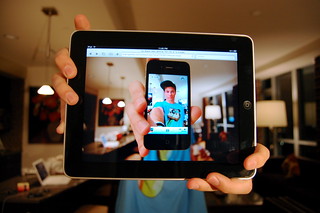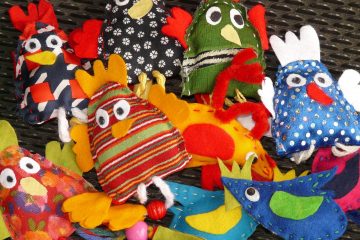 It’s no secret that I advocate using almost all authentic materials from the beginning. Using authentic materials with novices is both possible and critical.
It’s no secret that I advocate using almost all authentic materials from the beginning. Using authentic materials with novices is both possible and critical.
Here’s an example of an activity you could do with novice learners in a unit on entertainment or technology, with communicative goals like expressing likes or dislikes or talking about your preferences.
The source for this activity is an article called “Los solteros prefieren los smartphones; los casados las tabletas, según una encuesta.” The process to walk through this activity is about the same as any other.
1) Set goals.
Any activity needs a good goal. Goals for this activity are:
– express preferences
– comprehend a comparison in authentic text
– identify comparison vocabulary
– work with percentages
– make a visual comparison of information
2) Provide the tools.
First, preview the necessary vocabulary like smartphones, tabletas, encuesta, soltero, casado, etc. Give students tools to talk about their likes and preferences: me gusta, prefiero. To report on their product they may also need terms like por ciento.
3) Engage through interaction.
Have students choose any two items that have been in their recent vocabulary: cat and dog, house or apartment, chicken or beef. Students use simple questions and answers to survey their classmates and give a diagram that shows what percentage prefer or like each thing, and report on this.
4) Dive into the source.
As you begin to read the source, make sure students know and are comfortable with what you expect them to do. They should not get frustrated when they don’t understand everything. In fact, they should expect that they won’t understand a lot of it. But they should be looking for:
– what two groups of people are compared
– who prefers smartphones
– who prefers tablets
– statistics for both of these
and that’s it. A novice learner should easily be able to extract this information. Have students help you visualize the information on the board, e.g. through some sort of diagram or graph.
5) Show comprehension through a product.
Divide students into groups and give them the task to come up with an infographic that illustrates the information they’ve gleaned from the article. Perhaps offer some examples to show them what infographics can look like. Every student in the group should be able to orally explain the infographic.
6) Expand through more activities.
What expansion activities could you do here? Think about having students vote for the best infographic using their new tools for expressing preferences. Students could find a Spanish commercial for a smartphone and one for a tablet and compare them. They could make a list of pros and cons of one or the other (it’s small, it’s big, it’s expensive) and see who likes which one in their own classroom – or in their family. Comparison activities become more and more important as students move up the proficiency levels. Starting now is a great idea.
If you use this activity, take a minute to let us all know how it goes and what tips you have.
Photo credit: Tyler Silva



